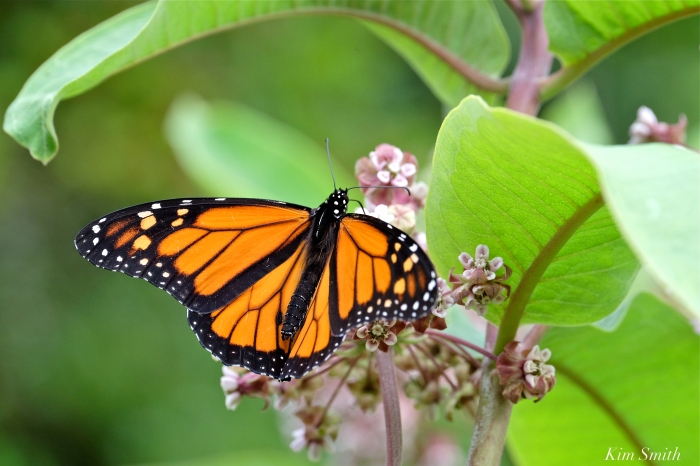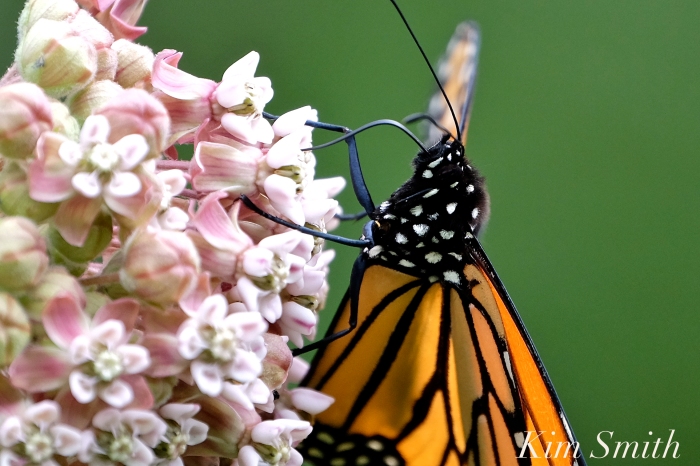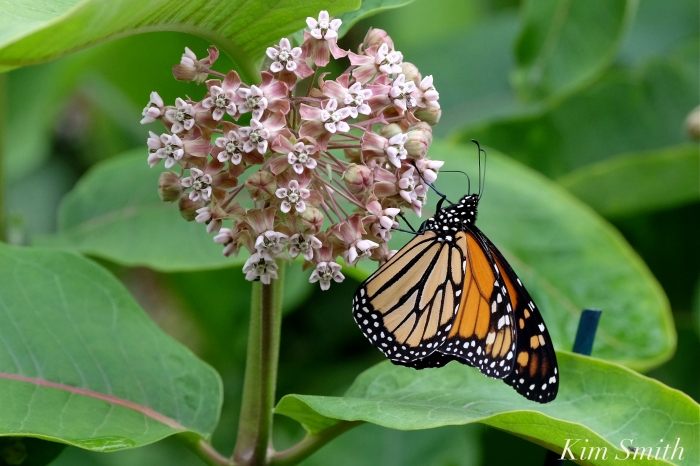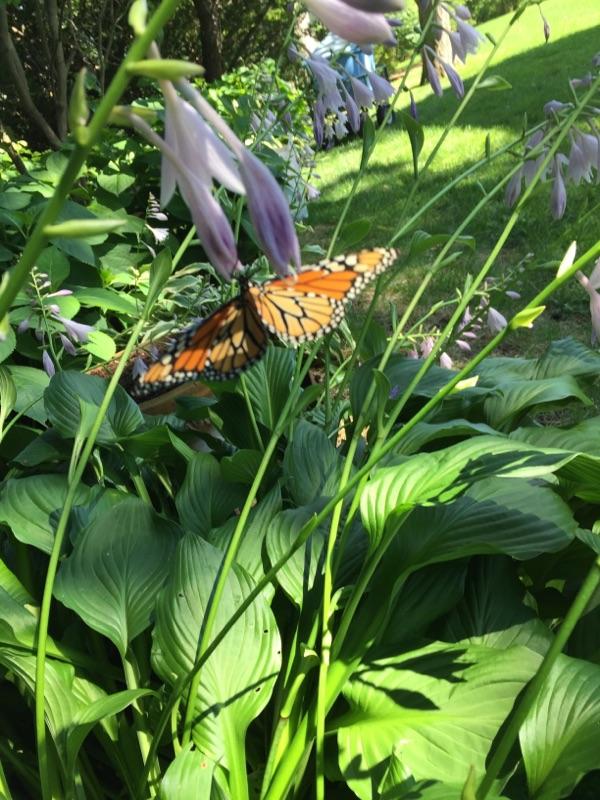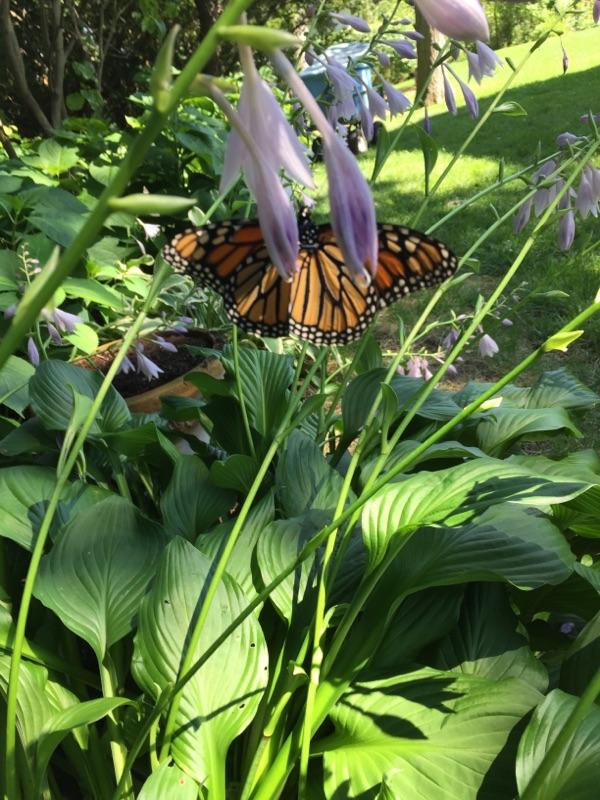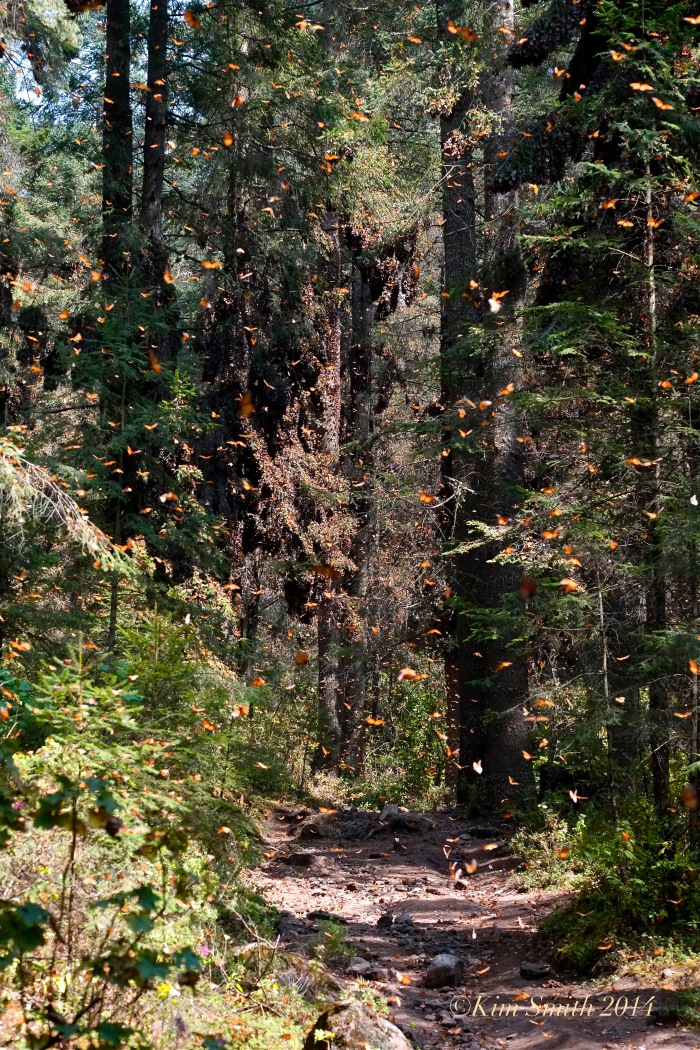The order for milkweed seeds and asters in being placed on Monday so please get your orders in before then. Thank you!
Thank you so very much to everyone participating in the Cape Ann Milkweed Project! Lots more good information to come!
 Monarch Caterpillars Munching on Milkweed
Monarch Caterpillars Munching on Milkweed
Ordering information:
Please note that the milkweed seeds are available in two different species and two different quantities. Please place your order amounts in the comment section of this post as follows:
Your Name, Your Email Address (optional), and Seed Type and Quantity.
For Example:
Pippi Longstocking, villavillkula@gmail.com
1 Packet Common Milkweed 3.50
1 oz. Marsh Milkweed 15.00
2 Packets Pink New England Aster @ 3.50 ea. = 7.00
My order total: $25.50
We are not collecting money ahead of time for the seeds. The orders are placed entirely by the honor system. Last year we did not have a single stiff and I will accept cash or check at the time of pick up. Seed pick up and information day will be Sunday, May 18th, from 9:30 to noon, at Captain Joe and Sons.
The packets of milkweed seeds (200-300 seeds) are perfect for a relatively smallish patch.
The larger ounce quantity is ideal for planting larger areas. On average, plan on 50 seeds per square foot. If your patch is 10 feet x 10 feet, that equals 100 square feet, and would require approximately 5,000 seeds.
Additionally, we are also offering pink and purple New England Aster seeds. I’ve never grown New England asters from seed, but have read that they are relatively easy to start (although slow to germinate). New England Asters make a beautiful border and will not only offer sustenance to southward migrating Monarchs, but in late summer also provide nectar for myriad species of bees and butterflies.
SEEDS
Common Milkweed (Asclepias syriaca)
Seed Packet (300 seeds) 3.50
1 ounce (4900 seeds) 12.00
Marsh Milkweed (Asclepias incarnata)
Seed packet (200 seeds) 3.50
1 oz. (5,200 seeds) 15.00
Pink New England Aster (Aster novae-angliae variation)
Seed Packet (1000 seeds) 3.50
Purple New England Aster (Aster novae angliae)
Seed Packet (1750seeds) 3.50
* * *
Why is it so important to plant milkweed for the Monarchs? Milkweed is the only food plant of the Monarch Butterfly caterpillar. The Monarch Butterfly migration is in serious peril due to loss of habitat in the United States by the use of Monsanto’s genetically modified Roundup Ready corn, soybean, and sorghum crops. Global climate change is also a factor in the diminishing migration. We can all help mitigate some of the destruction by planting milkweed and nectar-rich wildflowers.
Common Milkweed (Asclepias syriaca) is the milkweed we see most typically growing in our dunes, meadows, roadsides, and fields. It grows quickly and spreads vigorously by underground runners. This is a great plant if you have an area of your garden that you want to devote entirely to milkweed. It prefers full sun, will tolerate some shade, and will grow in nearly any type of soil. The flowers are dusty mauve pink and have a wonderful honey-hay sweet scent.
 Common Milkweed and Monarch Caterpillars J-shape
Common Milkweed and Monarch Caterpillars J-shape
Marsh Milkweed (Aclepias incarnata) is more commonly found in marshy areas, but grows beautifully in gardens. It does not care for dry conditions. These plants are very well-behaved and are more clump forming, rather than spreading by underground roots. The flowers are typically a brighter pink than Common Milkweed.
 Marsh Milkweed and Monarch Butterfly
Marsh Milkweed and Monarch Butterfly
New England Aster (Aster novae-angliae) is a hardy late summer blooming perennial that grows approximately 36 inches to 60 inches. New England asters prefer wet to medium soil, grow well in full sun, and will tolerate part shade.
 New England Aster
New England Aster
Spread The GMG Love By Sharing With These Buttons:
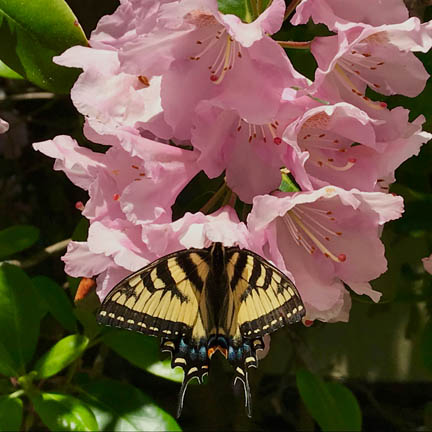

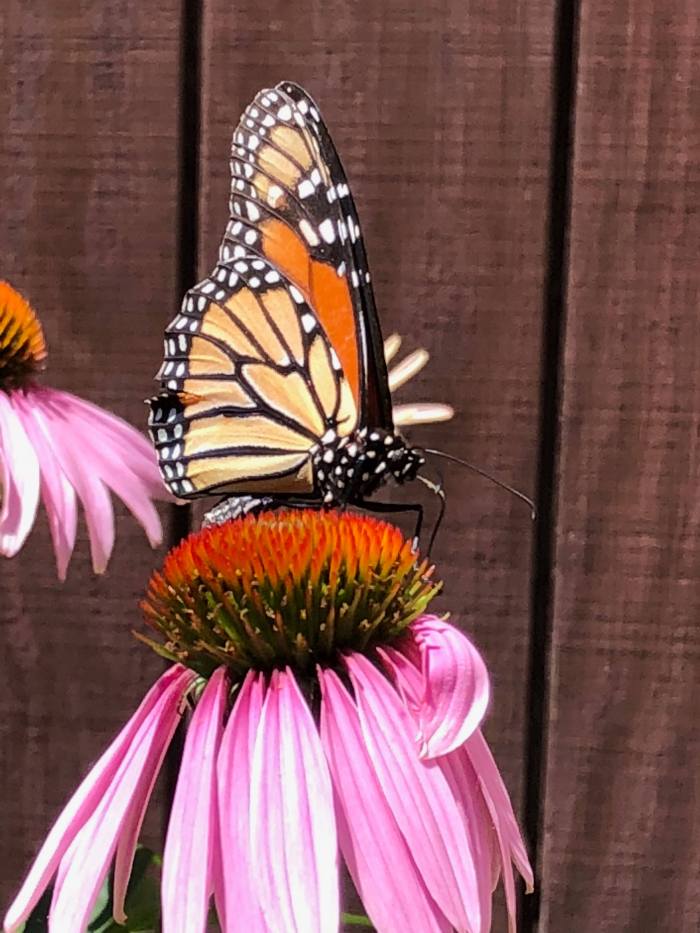 Monarch Butterfly
Monarch Butterfly


















